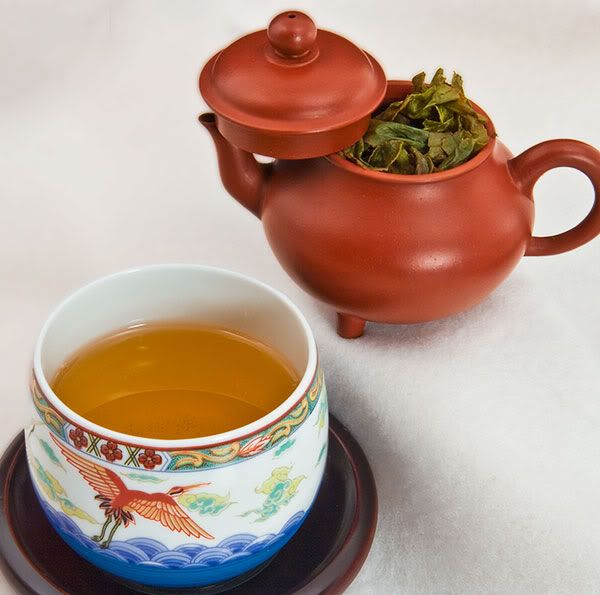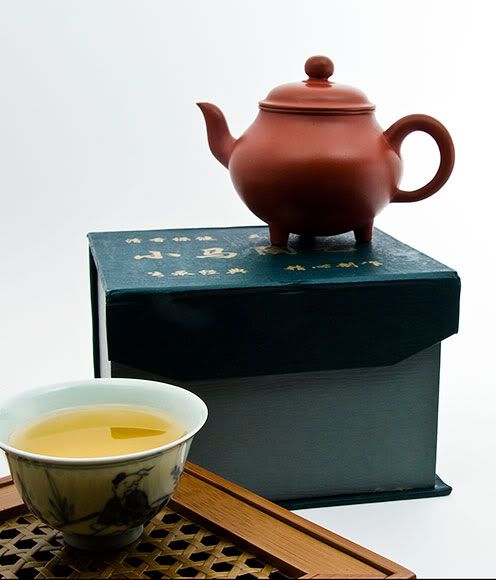Salsero wrote:Tead Off wrote: I hope you didn't think my post was a refutation of yours. ... still using them today, 20 years later. I think that's good value, no?
Not the slightest offended, but I do still have barely a tenth of your 20 years experience.
That is indeed excellent value. Where did you find yixing teapots 20 years ago?
Hong Kong. Every high quality tea shop I went into had a selection. I knew nothing back then except a Lipton's tea bag and masala chai. Luckily, the shop I eventually settled on/in, steered me in the right direction. Qualilty was their main focus in both tea and teaware.
In 20 years, there are teas I never got into. Oolongs have been my focus. I know little about Japanese teas and Puerh, although I've been dabbling in Puerhs of late thanks to oldmanteapot. The world of tea is too big for me to spread my time. Oolongs themselves are actually enough for me to be happy with forever. But, the discovery of Japanese greens is something that I will mix in to my drinking habits.
Just to expand the conversation a bit, I believe I read a thread on Puerh selection where Wyardley said he thought his time and money best spent buying the best Puerh he could afford, or something to that effect. I agree 100% with this pov. How can one know what a good Puerh is if they don't try something great. You cannot have a point of reference without it. Even if it is a sample that costs quite a bit, at least it can be a starting point. Starting with cheaper/lower quality teas doesn't teach you anything. Is Lipton's better than Twining's? This is how I feel about teapots. A gaiwan never taught me anything. It's a dead piece of equipment like glass. Unfortunately, many clay teapots being presently made are also dead so using a gaiwan may even be better. Learning how to brew tea may only be a matter of trial and error, but, it will taste better in a high quality clay teapot.
I wonder if there are any yixing companies publicly traded in China.

